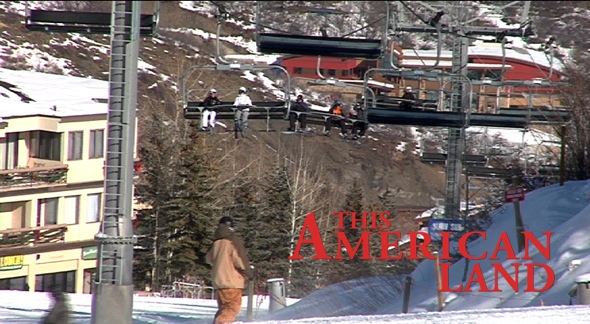
For 10 years,
the Ski Area Citizens Coalition has published its ski area environmental report card, a rating system that grades ski resports across the west according to their impact on the natural environment.
Paul Joyce, a conservation assoicate at the environmental protection group
Colorado Wild, says a ski resort’s grade depends on how well it plays in its own backyard.
“When a ski area expands into the back country, expands into habitat, affects wildlife, affects vegetation, thereby affecting water, watersheds, water quality,” Joyce said, “those things weigh really heavy with the report card.”
Resorts owned by the
Aspen Skiing Company dominate the highest rated resorts in the west.
“People listen to us in part because we’re an interesting news story, but also because we’re business people.,” Auden Schendler, environmental affairs director at Aspen Skiing. “Ultimately we’re not environmentalists. We’re business people. And we see climate changes as an existential threat to business.
In this edition of
This American Land we explore ski resorts that employ environmentally sustainable practices to protect natural areas that surround their slopes.
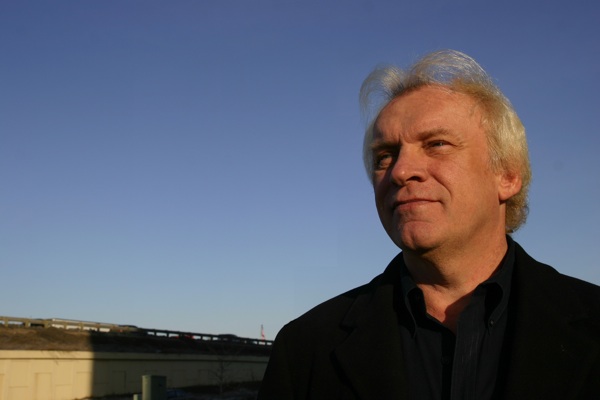 Keep Wisconsin Warm executive director Tim Bruer[/caption]
Wisconsin’s most vulnerable residents stave off the chill through the cold winter months with the assistance of Schoep’s Ice Cream. “I suppose someone out in California might think that sounds a little funny,” said Alan Thomsen, Schoep’s vice president of national sales. “But here in Wisconsin there are people in their homes trying to stay warm. With all the stories out there we know that people need some help.”
Throughout the Capital Region and across Wisconsin frigid temperatures well below freezing each year put at risk a growing number of the elderly, the disabled and families with young children. A state-wide program called the Keep Wisconsin Warm Fund provides low income households with small financial grants to pay rising heating costs as the economy slowly recovers. Local companies like Schoep’s are actively involved in a number of fundraising initiatives such as an ice cream social that aims to give area residents a little boost with the weather turns cold.
“This is our first year helping out,” Thompsen said. “We handed out about 12,000 dishes of ice cream. At $3 to $5 apiece we were able to make a good contribution.”
Not to be outdone the frozen custard franchise Culver’s has also made sizeable donations to KWWF. Along with more 7,000 small to large businesses such as Park Bank, CUNA Mutual Group, Rayovac, The Gialamas Company and Glowac Harris, many local institutions provide funds to help the less fortunate manage their home heating needs. City of Madison Common Council president and KWWF spokesman Tim Bruer said keeping poor families safe and warm through the winter is an easy cause to support.
Keep Wisconsin Warm executive director Tim Bruer[/caption]
Wisconsin’s most vulnerable residents stave off the chill through the cold winter months with the assistance of Schoep’s Ice Cream. “I suppose someone out in California might think that sounds a little funny,” said Alan Thomsen, Schoep’s vice president of national sales. “But here in Wisconsin there are people in their homes trying to stay warm. With all the stories out there we know that people need some help.”
Throughout the Capital Region and across Wisconsin frigid temperatures well below freezing each year put at risk a growing number of the elderly, the disabled and families with young children. A state-wide program called the Keep Wisconsin Warm Fund provides low income households with small financial grants to pay rising heating costs as the economy slowly recovers. Local companies like Schoep’s are actively involved in a number of fundraising initiatives such as an ice cream social that aims to give area residents a little boost with the weather turns cold.
“This is our first year helping out,” Thompsen said. “We handed out about 12,000 dishes of ice cream. At $3 to $5 apiece we were able to make a good contribution.”
Not to be outdone the frozen custard franchise Culver’s has also made sizeable donations to KWWF. Along with more 7,000 small to large businesses such as Park Bank, CUNA Mutual Group, Rayovac, The Gialamas Company and Glowac Harris, many local institutions provide funds to help the less fortunate manage their home heating needs. City of Madison Common Council president and KWWF spokesman Tim Bruer said keeping poor families safe and warm through the winter is an easy cause to support.


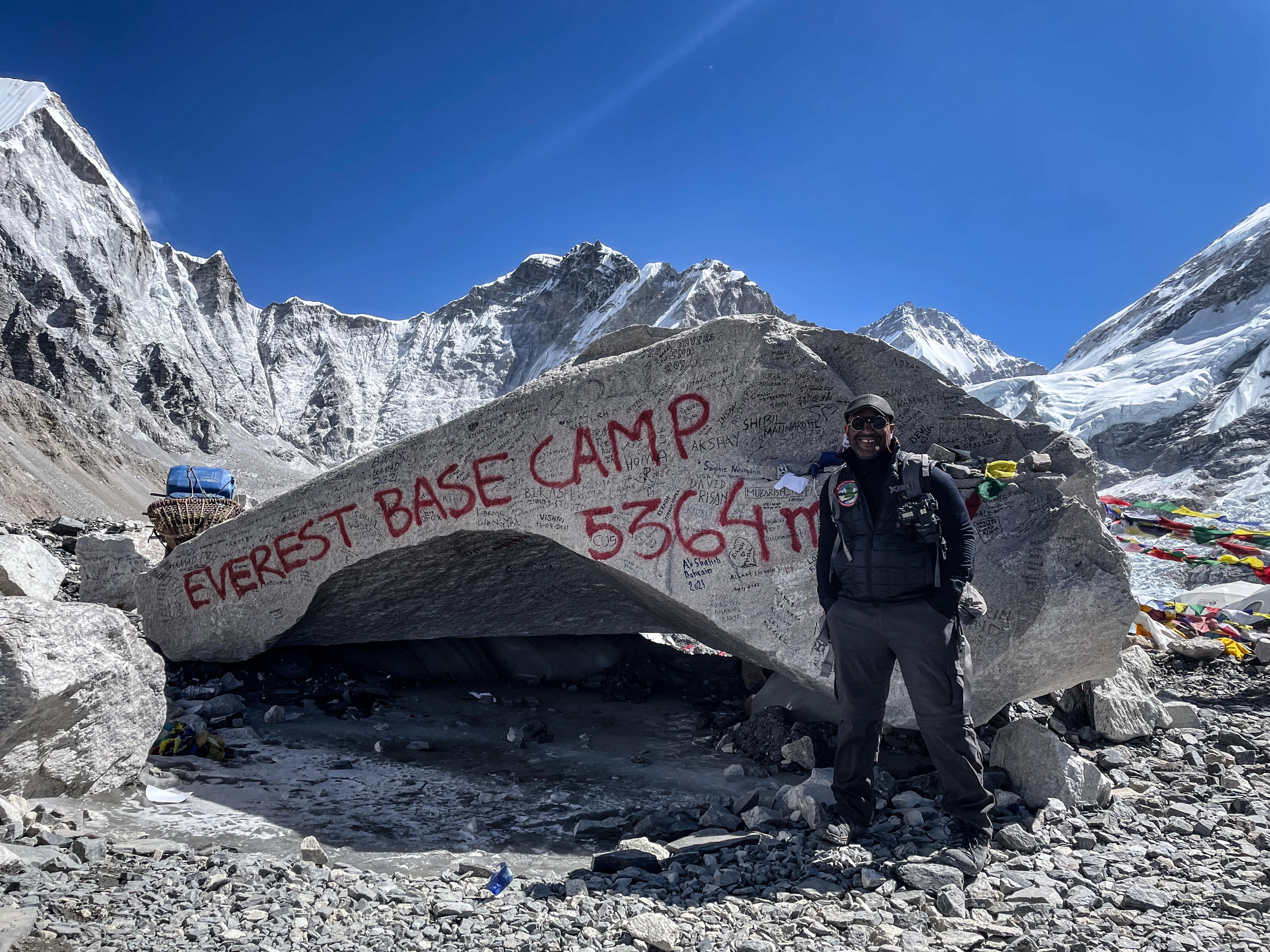

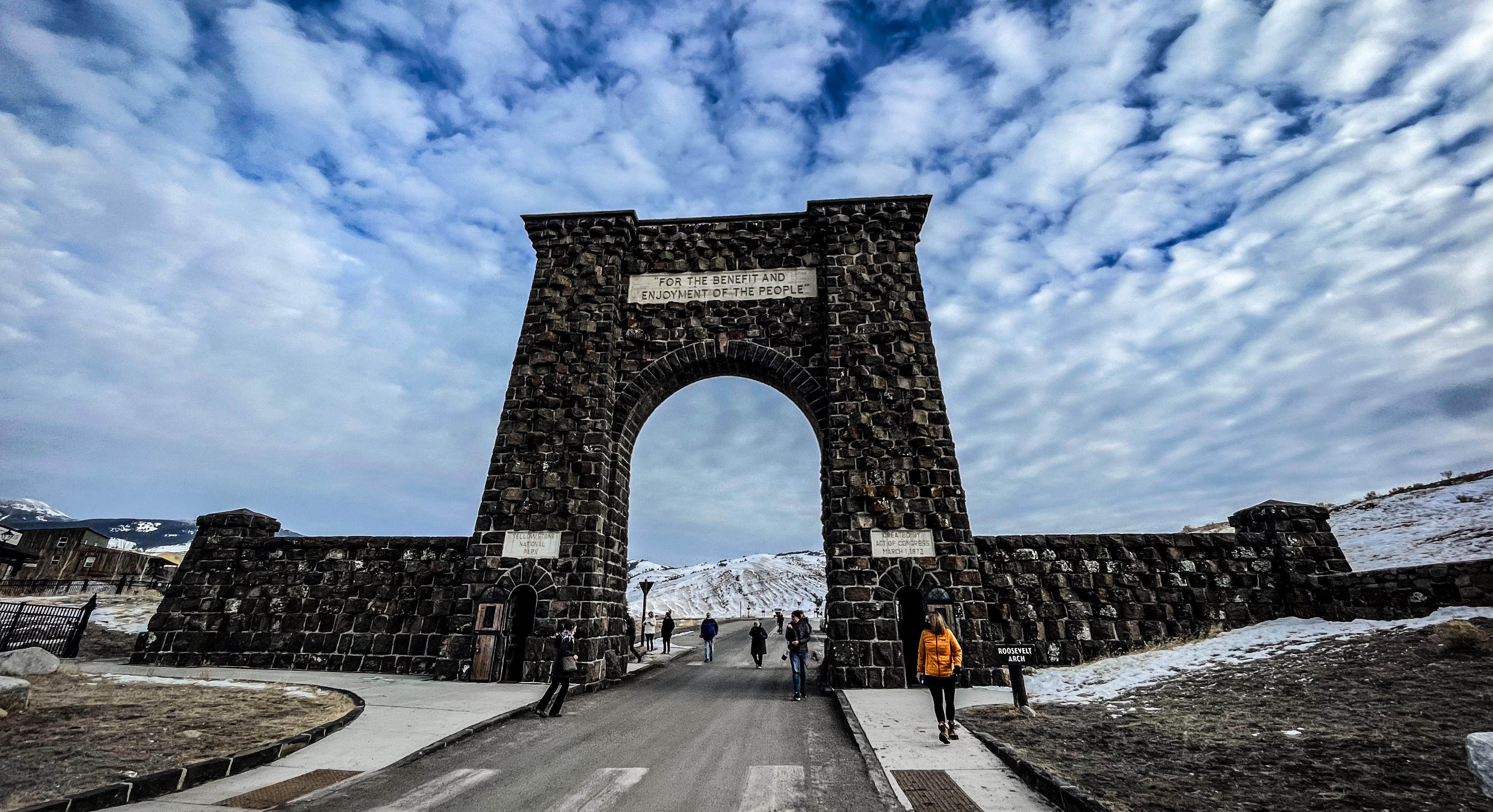
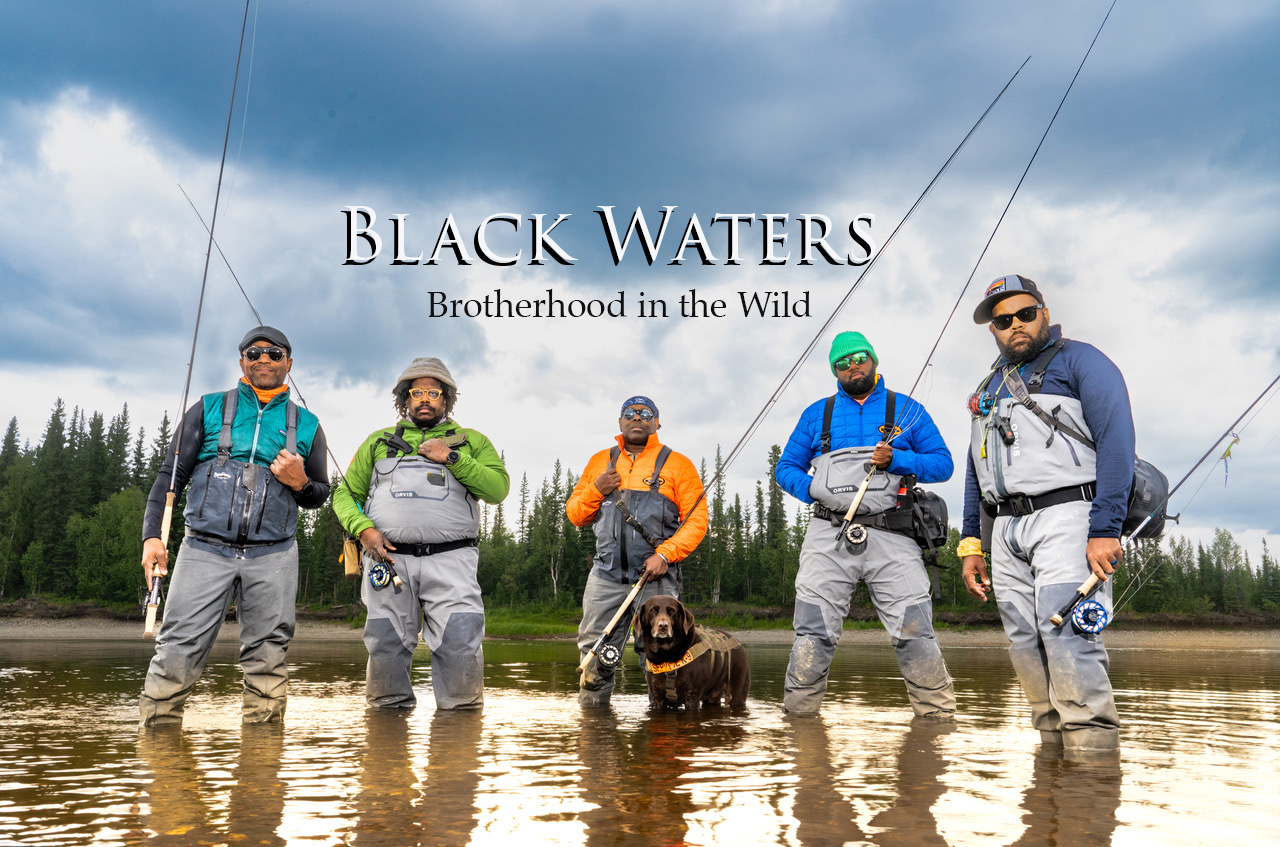
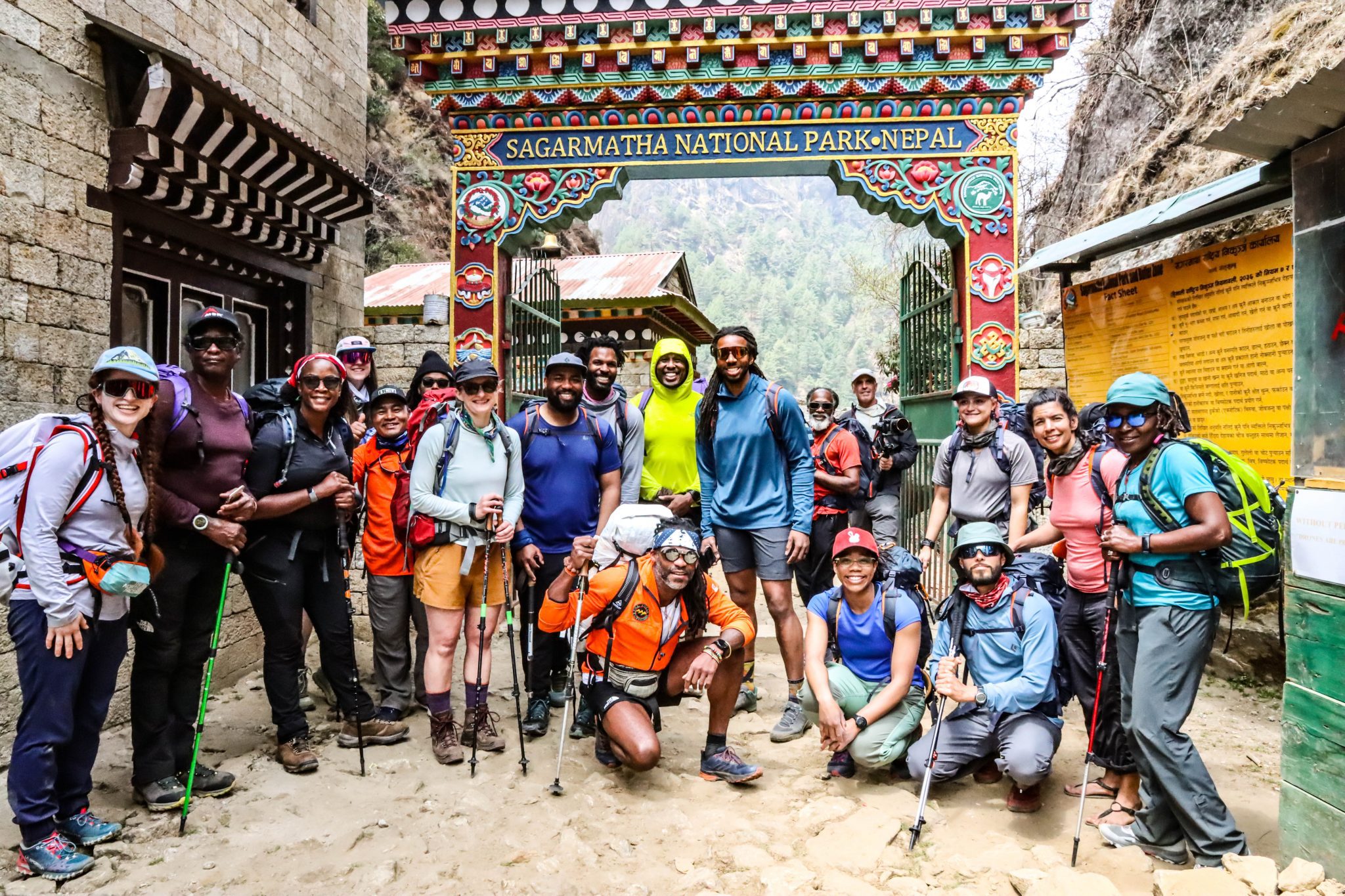
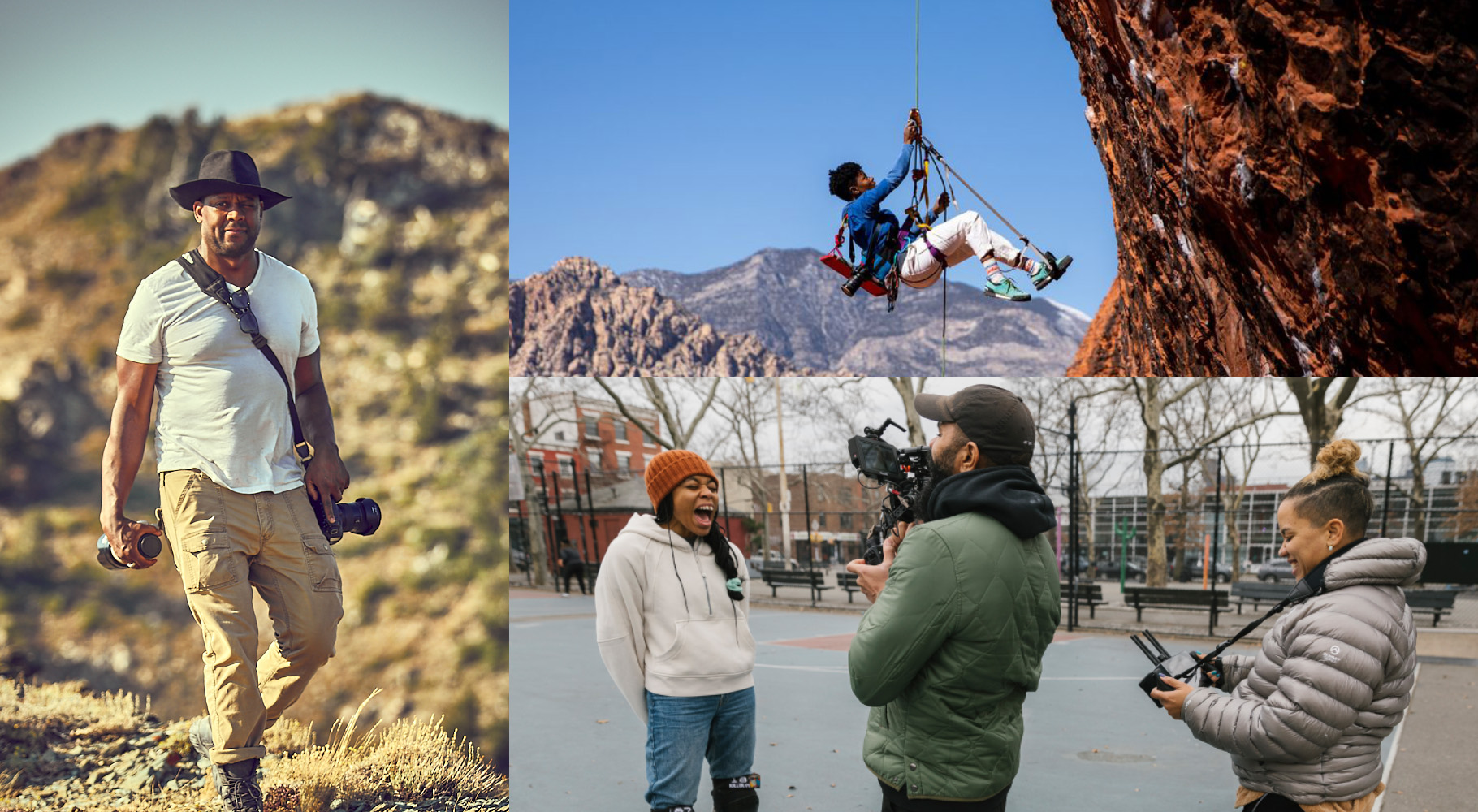
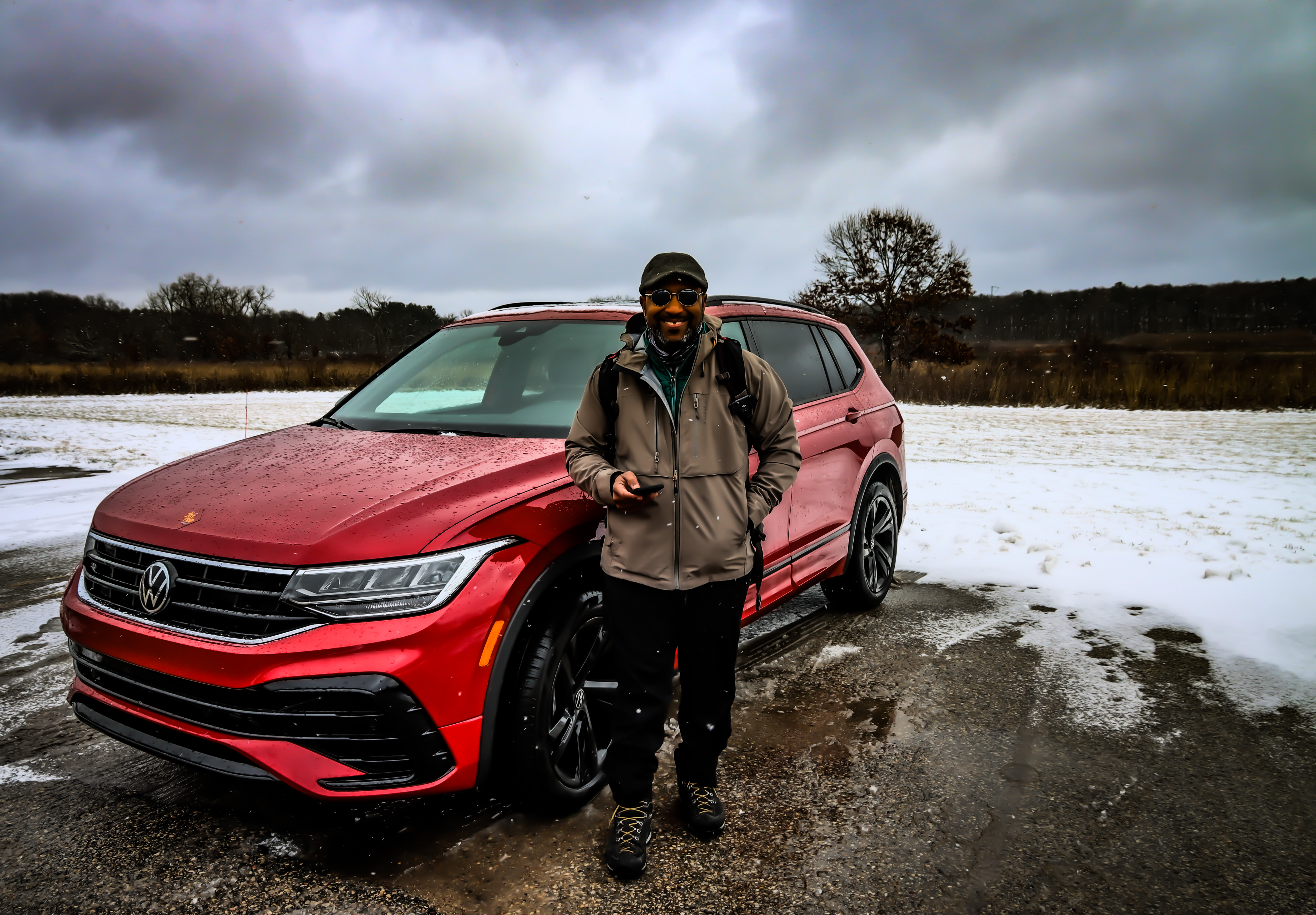

 For 10 years,
For 10 years, 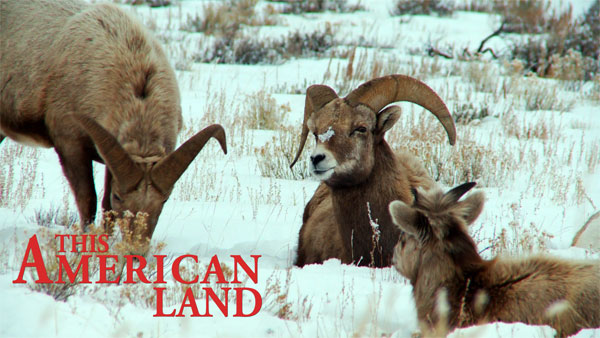

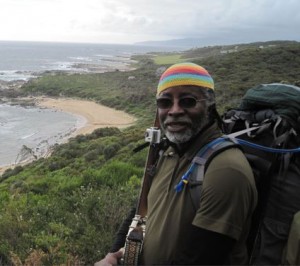
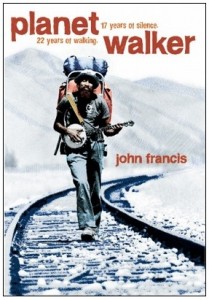
You must be logged in to post a comment.